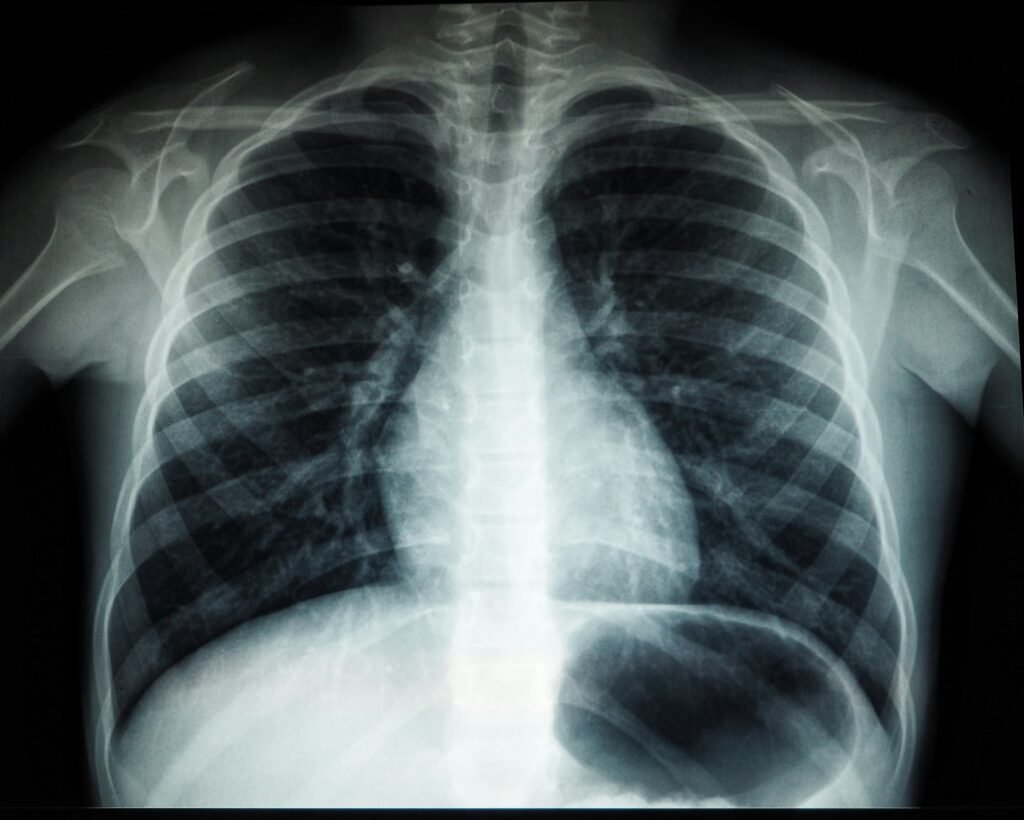Understanding Walking Pneumonia

Walking pneumonia, also known as atypical pneumonia, is a mild form of lung infection that develops slowly. Unlike typical pneumonia, which causes sudden breathing problems and high fever, walking pneumonia allows you to continue your daily activities despite feeling tired or sick. Learning how to know if you have walking pneumonia can help you catch the illness early and prevent complications.
This condition is often caused by the bacteria Mycoplasma pneumoniae, though other germs like Chlamydophila pneumoniae and certain viruses can also lead to infection. The symptoms usually include a dry cough, low-grade fever, fatigue, and sometimes a sore throat or headache. If you’re unsure whether it’s just a cold or something more serious, reading How to Know If You Have Walking Pneumonia: A Comprehensive Guide can help you understand the difference.
Walking pneumonia is most common among teenagers and young adults, especially those living in crowded places such as dorms or military camps. People with weak immune systems are also more at risk. Identifying the signs early is important, as it allows for quick treatment and recovery.
By understanding how to know if you have walking pneumonia, you can recognize symptoms sooner, seek medical care promptly, and avoid spreading the infection to others.
Symptoms of Walking Pneumonia

Walking pneumonia, or atypical pneumonia, causes milder symptoms than regular pneumonia. Recognizing these signs early helps in quick diagnosis and treatment. A persistent dry cough is the most common symptom and can last for weeks. Unlike the harsh cough in typical pneumonia, it’s usually mild but irritating.
A low-grade fever between 99°F and 101°F is another common sign that often goes unnoticed. Many people also experience fatigue, feeling unusually tired or weak even while staying active.
Some may have chest discomfort or tightness, especially when breathing deeply or coughing. These mild symptoms can easily be ignored, but if left untreated, walking pneumonia can worsen. It’s best to consult a doctor if symptoms persist or intensify.
Diagnosis and Test Procedures of pneumonia

Walking pneumonia, or atypical pneumonia, presents milder symptoms than conventional pneumonia. Recognizing these early signs is crucial for timely diagnosis and treatment. According to the WHO, common symptoms include a persistent dry cough, low-grade fever (99°F to 101°F), fatigue, and mild chest discomfort.
The WHO notes that walking pneumonia is often caused by Mycoplasma pneumoniae, affecting individuals in close-contact settings like dormitories or military barracks. While the infection is generally mild, early detection and appropriate care are essential to prevent complications.
Also Read:
When to Seek Medical Attention

Walking pneumonia often starts with mild symptoms, leading many to believe they can manage the illness independently. However, certain signs indicate the need for immediate medical attention. According to the Mayo Clinic, if you experience a persistent fever over 101°F, difficulty breathing, or chest pain that worsens with movement, it’s crucial to consult a healthcare provider promptly.
Individuals with underlying conditions such as asthma or chronic obstructive pulmonary disease (COPD) are at increased risk. The Cleveland Clinic emphasizes that walking pneumonia can be more severe for these individuals due to compromised respiratory systems.
Additional warning signs include extreme fatigue, persistent cough producing mucus, or wheezing. WebMD advises that these symptoms may suggest the body is struggling to combat the infection effectively.
When discussing symptoms with medical professionals, provide a comprehensive overview, including the sequence of symptoms, existing health conditions, and the impact on daily activities. This transparency aids in accurate assessment and timely treatment.

